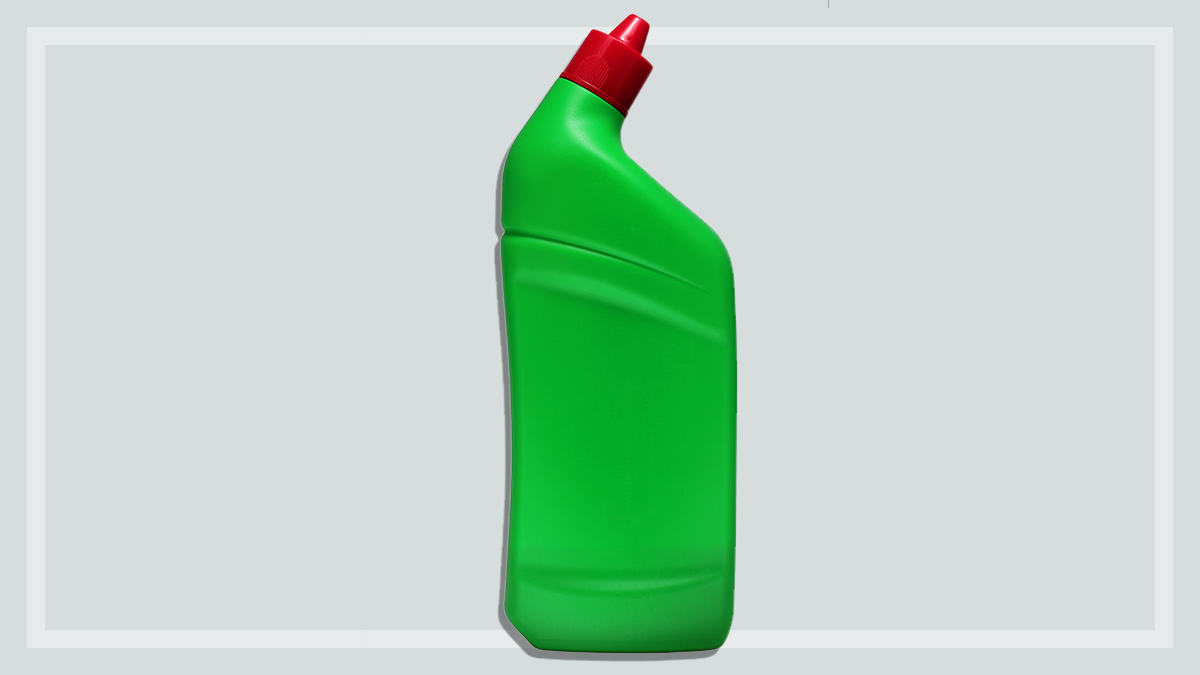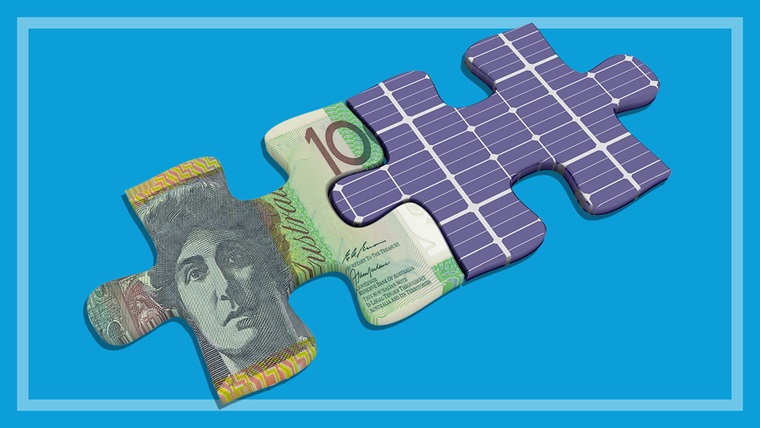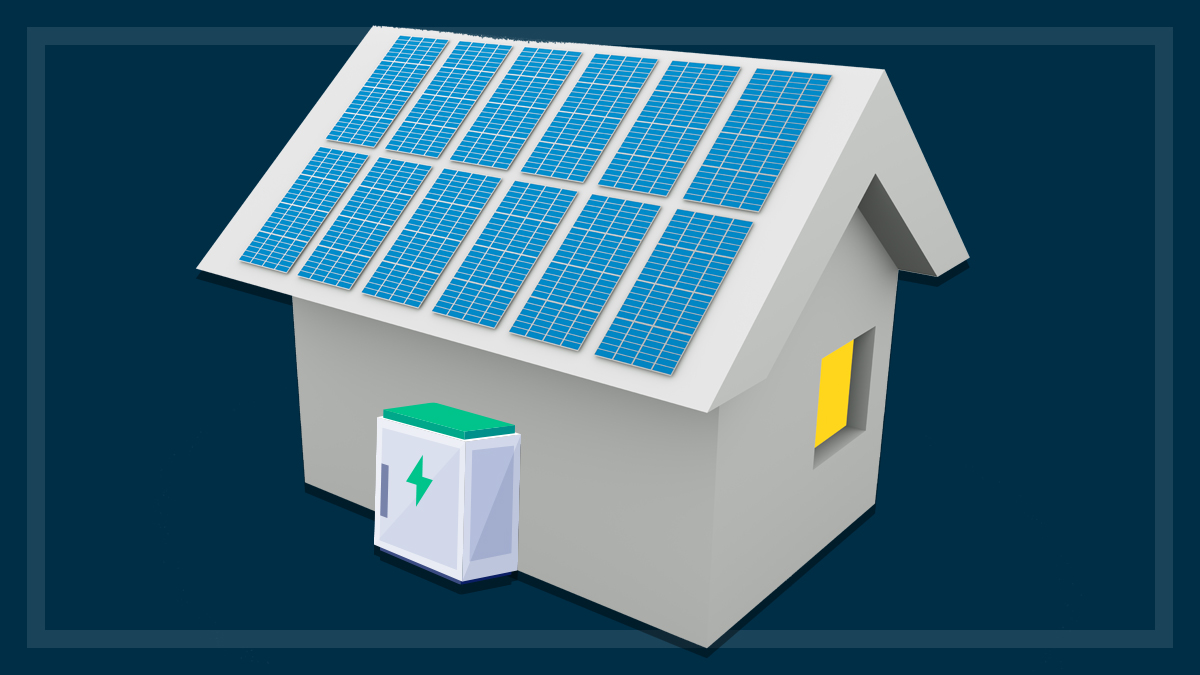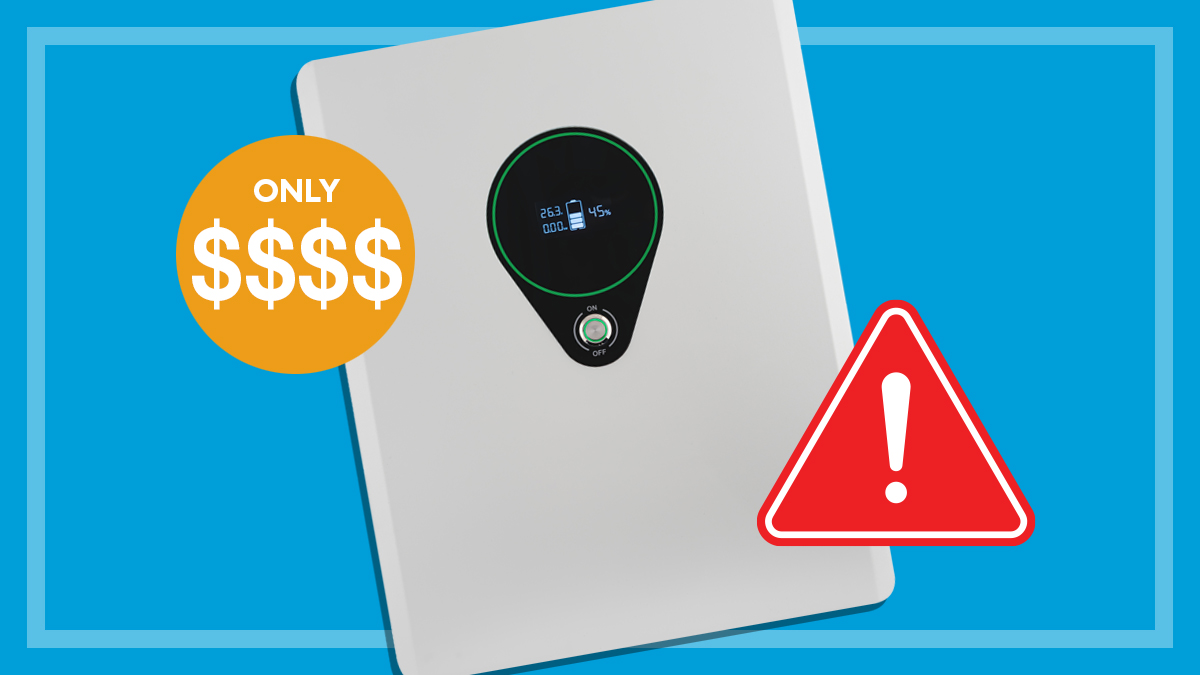Get our independent lab tests, expert reviews and honest advice.
How to save water in the bathroom, kitchen, laundry and more
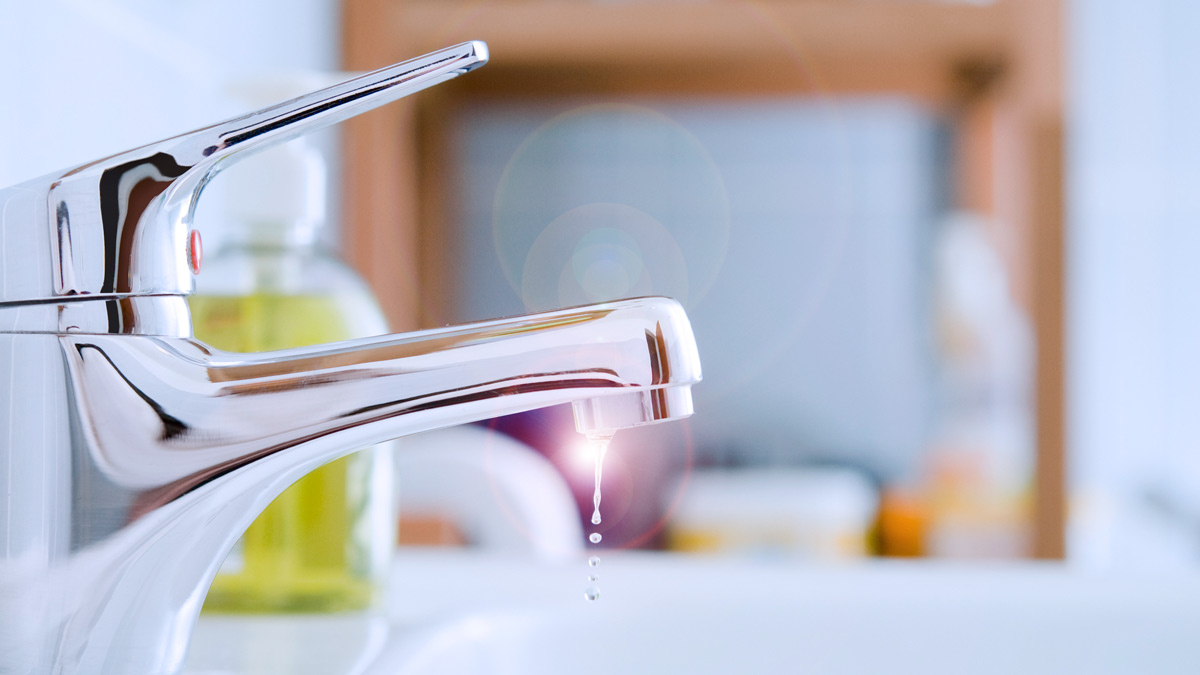
Even when your part of Australia isn’t in drought, there are still plenty of environmental and cost advantages to saving water.
On this page:
- How to save water in the bathroom
- How to save water in the kitchen
- How to save water in the laundry
- How to save water outside the house
Some water experts say that by reducing water use by 50 litres per person per day, we could delay or completely avoid the need for new water provision infrastructure (for example, new dams or desalination plants), and even lift restrictions.
If you’re keen to help, there are plenty of steps you can take at home. Here, we explain how to limit your household’s water use in the bathroom, kitchen, laundry and outdoors. We also explain how to use household greywater without ruining your garden.
How to save water in the bathroom
The shower
It’s easy to save water in the shower by making a few simple changes:
- Cut your shower time to four minutes or less.
- Get a water-saving showerhead.
- Install an easy on/off switch.
Water-saving shower heads
See our buying guide for advice about finding the right water-saving shower head for your home. Note that some continuous flow (aka “instantaneous”) hot water systems, and some gravity-fed systems such as solar hot water systems with rooftop tanks, may not have a sufficient flow-rate for these shower heads to work properly. Check with the retailer to see if your system is suitable.
Flow restrictors
If you don’t want to change your showerhead for décor reasons, you can install a flow restrictor instead. Even getting a shower timer can help reduce the amount of time spent showering by making you more aware of how long you’re taking: the average shower is about seven minutes, but it doesn’t have to take that long to soap up and rinse off.

Switch off to save
Simply turning off the shower momentarily while you’re soaping up, shampooing or shaving – when you don’t actually need the water flow – then turning the water back on to rinse off can save a lot of water; potentially up to half the amount you’d usually use.
Mixer tap levers make this pretty easy, but if that’s not an option for you, you could consider an on/off switch such as the Every Drop Shower Saver. It’s a lever that you can install at the base of your shower stem, allowing you to stop and start the flow of water quickly and easily. It doesn’t suit all showers though, so check yours is compatible before you buy.
Quench shower
If you’re renovating your bathroom, you might consider installing a Quench recycling shower. After you’ve soaped up and rinsed off, four litres of clean water is recirculated through the system for as long as you care to stand there – a guilt-free way to enjoy a long hot shower without the waste.
Top tips for showers
- While waiting for the shower water to warm up, save the cold water in a bucket and use it for the garden, pot plants, laundry soaking, washing your hands or even flushing the toilet. A plastic or fabric folding bucket (such as you can find in camping supply shops) is handy because it folds up for you to store out of the way. You can also use it to scoop water out of the bath and onto the garden.
- Shaving your legs in the shower adds about four minutes to your shower — that’s 36L with a water-efficient shower head. Consider waterless hair removal, such as waxing or an epilator, or lather up and shave your legs with the shower water off before rinsing.
- Take the No Shampoo Challenge. In 2007, ABC radio personality and newspaper columnist Richard Glover set out to discover whether he could live without shampoo, thereby allowing the natural oils in his hair to regain their balance and give him lovely fluffy hair. Hundreds of listeners joined him in the challenge, using only warm water to vigorously rinse their hair as necessary. At the end of the six-week trial, 86% decided their hair was great. (Other proponents of the method use “natural” ingredients such as baking soda and apple cider vinegar, but less often than shampoo.) How long do you spend shampooing your hair, rinsing it out, then putting conditioner in and rinsing that out? Two minutes? Three minutes? Five minutes? By taking the “No Poo” Challenge you could save time, water, and the money you’d spend on shampoo.
Top tips for taps
- Install water-efficient taps, known as aerators, which give the feel of a high flow-rate with only half the water. They’re simply screwed onto the end of a tap and reduce the flowrate while aerating the water.
- Turn off the tap when brushing your teeth. It seems so obvious, but many people still leave the water running, wasting at least 5L per minute. That’s around 11,000L per person per year.
The toilet
Replacing your whole toilet may not be worthwhile unless you’re renovating the bathroom. But if you’re going to install a new toilet anyway, make sure you get a modern dual-flush 6/3L (or 4.5/3L) cistern and pan.
The least efficient dual-flush cistern is the 9L/4.5L, but if you want to update an old-style single-flush toilet (typically a 12L flush) with a dual-flush cistern, it’s your only option as these older toilets can’t be fitted with the more-efficient cisterns.
If replacing your cistern isn’t an option, you could install a device to stop the toilet flushing when you take your finger off the button. This means you hold it down only for as long as it takes to flush the contents of the bowl away, saving any unnecessary flush water. They cost as little as $10 and can be installed by the home handyperson. If you’re not very handy or you’re renting, you could just use this old trick: put a brick (or a plastic bottle full of water) in the cistern and you’ll use less water for each flush.
How to save water in the kitchen
Washing the dishes
Dishwashers these days generally use a lot less water than they used to – often less than washing dishes by hand in the sink. The average water consumption of a dishwasher in our tests is about 13L. Conservative estimates of handwashing show at least 20L is used. Less conservative scenarios go as high as 90L (presumably involving lots of running water being wasted).
If you’re in the market for a new model, check out the water efficiency of models in our most recent dishwasher reviews.
Top tips for dishwashers
You can save water by not rinsing plates before putting them in the dishwasher. CHOICE tests each dishwasher’s washing performance by getting it to wash a load of dishes and cutlery coated with food that’s been left to dry overnight – spinach, crusty cereal, egg yolk, all the usual suspects. As most machines now effectively get these clean on a ‘normal’ program, there’s no need to waste water by rinsing plates before you stack – just scrape the food scraps off first.
If you do pre-rinse (say, because you don’t run the machine every day), try using the dishwasher on its ‘fast’ program, which uses less water. You’re likely to find it washes just as well.
Top tips for handwashing dishes
Rinsing dishes under a running tap isn’t necessary and wastes a lot of water. To rinse drinking glasses, wash them first while the sink is still filling and rinse them under the hot running water.
When you’ve finished washing up, tip a pot of rinse water over the plates and cutlery as they stand in the dish drainer. If you have a double sink, half fill one (the smaller one, if applicable) with hot clean water and dip anything you think needs a rinse.
Hot water recirculation
If you have taps a long way from the hot water system, chances are you waste a lot of water letting the cold water run through before it warms up.
A hot water recirculation system intercepts the cold water before it goes out of the tap and pumps it through the cold water inlet into the hot water tank. So when you want hot water, you activate the system (by pushing a button), and once the thermostat detects that the water is warm enough, the pump switches off, you turn the tap on and hot water comes out. The pump uses very little energy, as it’s only on for those few seconds when you need it.
We came across models ranging from around $450 to $900 (plus installation). They’re more elegant (though a lot more expensive!) than using a bucket to catch the cool water.
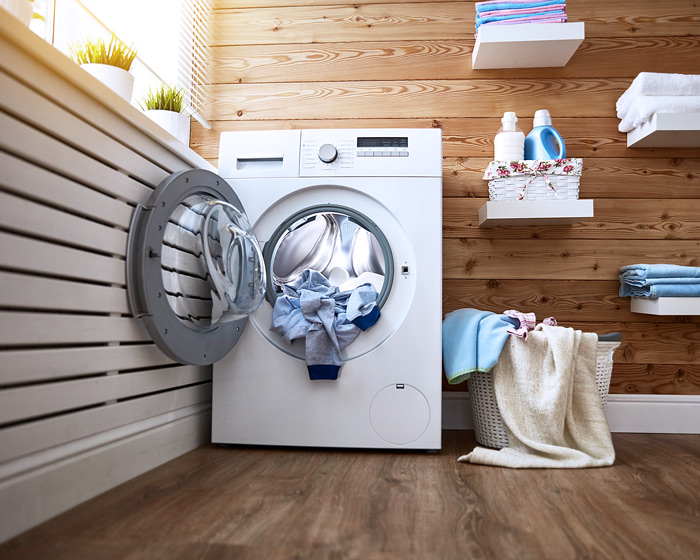
How to save water in the laundry
Washing machines
Front loaders typically use a lot less water than top loaders. They can be more expensive initially, but you may be entitled to water retailer rebates. See our washing machine reviews for information on water efficiency of all models.
Some washing machines rate well for water efficiency at the expense of rinsing well. If you choose a washing machine for its water efficiency according to the WELS label, you might be disappointed when you use it. Luckily, we come to your rescue by testing the machines for rinse performance too. We recommended models that score well for both water efficiency and rinse performance.
Reusing washing machine water
We commissioned a chemical analysis of laundry detergents to determine their suitability for the lawn or garden in greywater from your washing machine. The detergents that got clothes cleanest were generally too high in sodium, salinity and pH (alkalinity) to be much good for your garden, especially over the long term. And unfortunately, most of those safest for the garden didn’t wash clothes very well.
So don’t use the wash water on your garden, just the rinse water. And spread the water over a wide area, keeping it off your herbs and vegies, and your garden should be fine. See our grey water guide for more information.
Washer/dryers
Combined washer/dryers may seem like a great idea, especially if you’re pushed for space, but they use a lot of water for drying. Instead of turning the water in the clothes into hot, damp air (like conventional dryers do), they condense the steam back to water and send the lot down the drain – using a lot of water in the meantime.
A front loader with a normal dryer on top is just as space-saving (in terms of the footprint if not the height!), almost certainly more water-efficient, and probably cheaper, but you need to be able to vent the hot, damp air from the dryer out of your laundry.
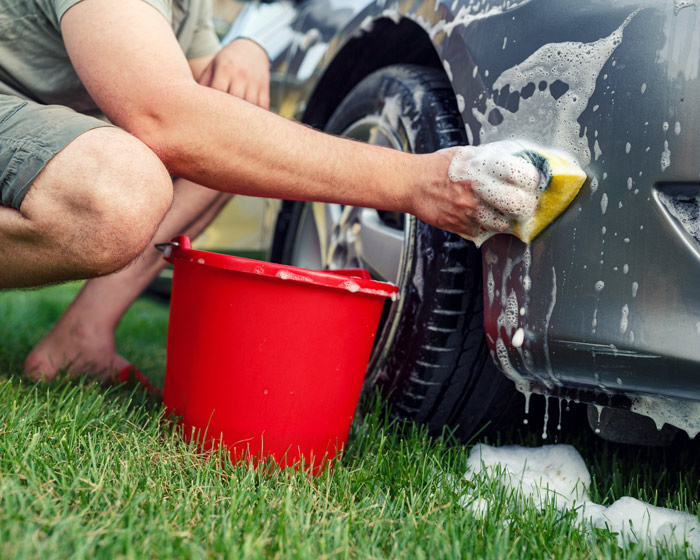
How to save water outside the house
Washing the car
When cleaning your car at home, remember to clean on the lawn if you have one; or, if you don’t want to damage your lawn with the weight of the car, wash on the driveway and direct the waste to the lawn with barriers.
The average bucket and sponge wash uses 100L of water, or the equivalent of 10 buckets per wash, according to Sydney Water. We managed an effective bucket and sponge wash on a small/medium-sized car with just two buckets, though, using a watering can to rinse the car.
If you’re washing your car with a hose, a trigger nozzle is a legal requirement in some states as it helps to reduce water use – you can turn the water flow off when you’re sponging the car, rather than letting it drain as you’d have to with a traditional hose.
A trigger nozzle for hoses is a legal requirement in some states as it helps to reduce water use
Washing your car with a hose and trigger nozzle will use approximately 120L of water, while an ordinary hose can use anywhere from 150L to 500L per wash.
Alternatively, using a low-flow high-pressure car cleaner only uses approximately 23L of water. These devices are relatively easy to use, and also help to remove dirt alongside sponging, so they make the job even faster. While we found that the manufacturers’ claims about the amount of water used were underestimated, they were still efficient when compared with other methods.
Rainwater tanks
There are plenty of benefits to installing a rainwater tank, and you don’t need to live in a wet or tropical area to reap the rewards. South Australia, the country’s driest state, has the highest rate of rainwater tank use. More than half the households there have one, and for more than a third it’s their main source of drinking water.
With a rainwater tank, you’ll:
- collect most of the rain (around 80%) that falls onto the areas of your roof that are connected to gutters and downpipes into your tank. For example, if 10mm of rain falls on to 100m2 of roof, you’ll harvest about 800L of rainwater. That’s about as much as an average Sydney household of three would use in a day if they made no efforts to save water. (If they did, they’d get their consumption down to around 500–600L a day)
- reduce your consumption of mains water and, in the long term, cut your water bill. Your water supplier may be able to give you an indication of the savings you can expect
- lower your impact on the environment by reducing your demand on mains water as well as the amount of stormwater runoff into rivers and oceans
- harvest water that tastes better and is generally less salty, which is better for appliances and plants.

